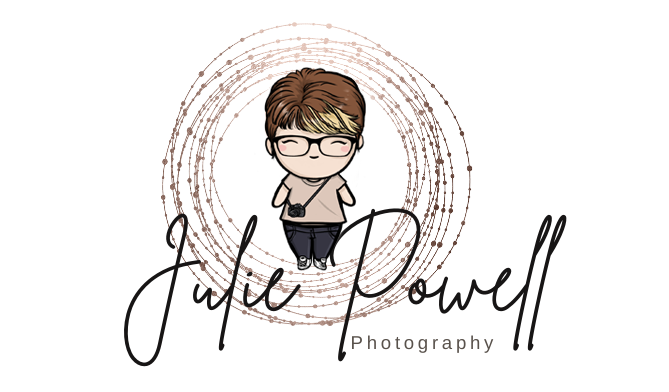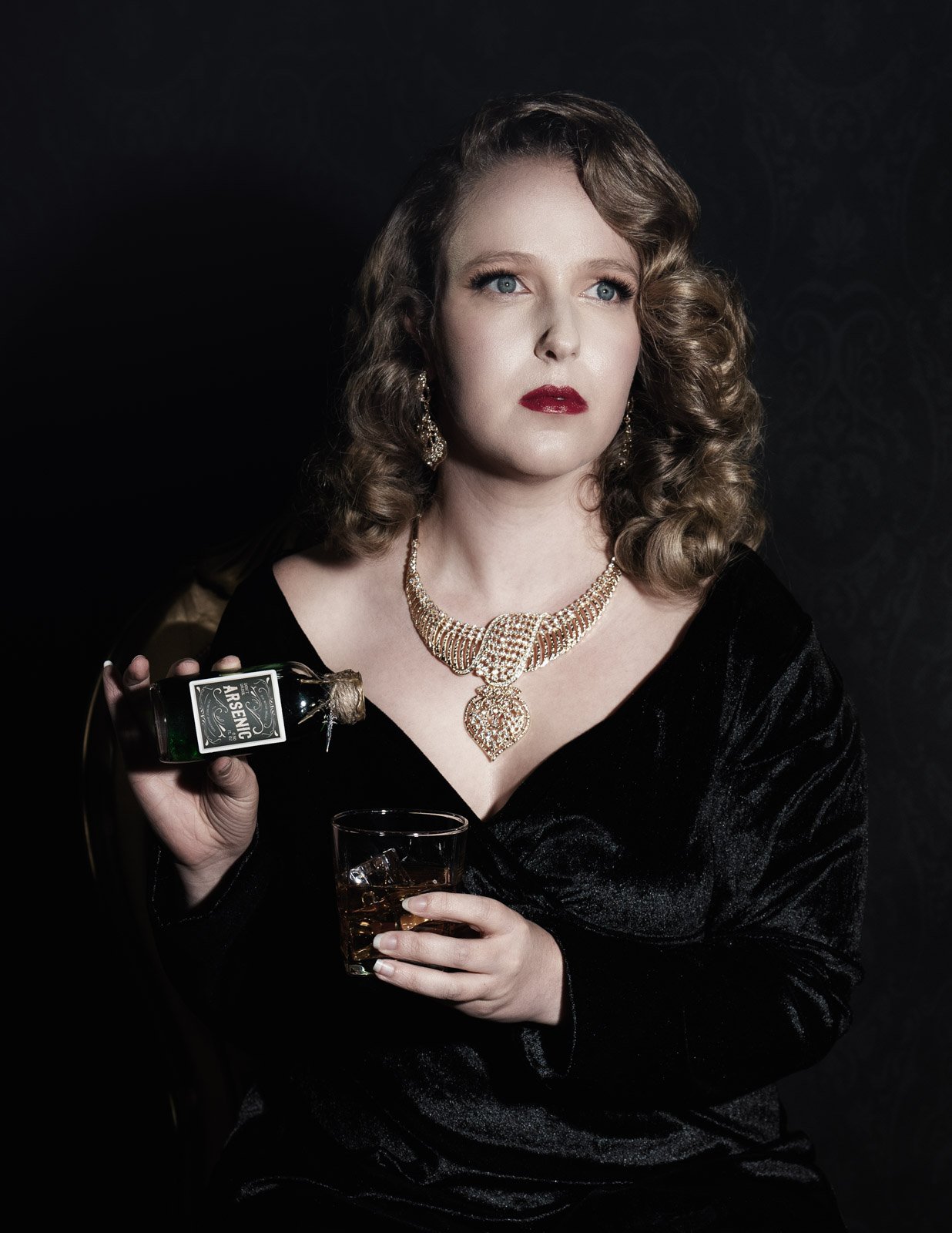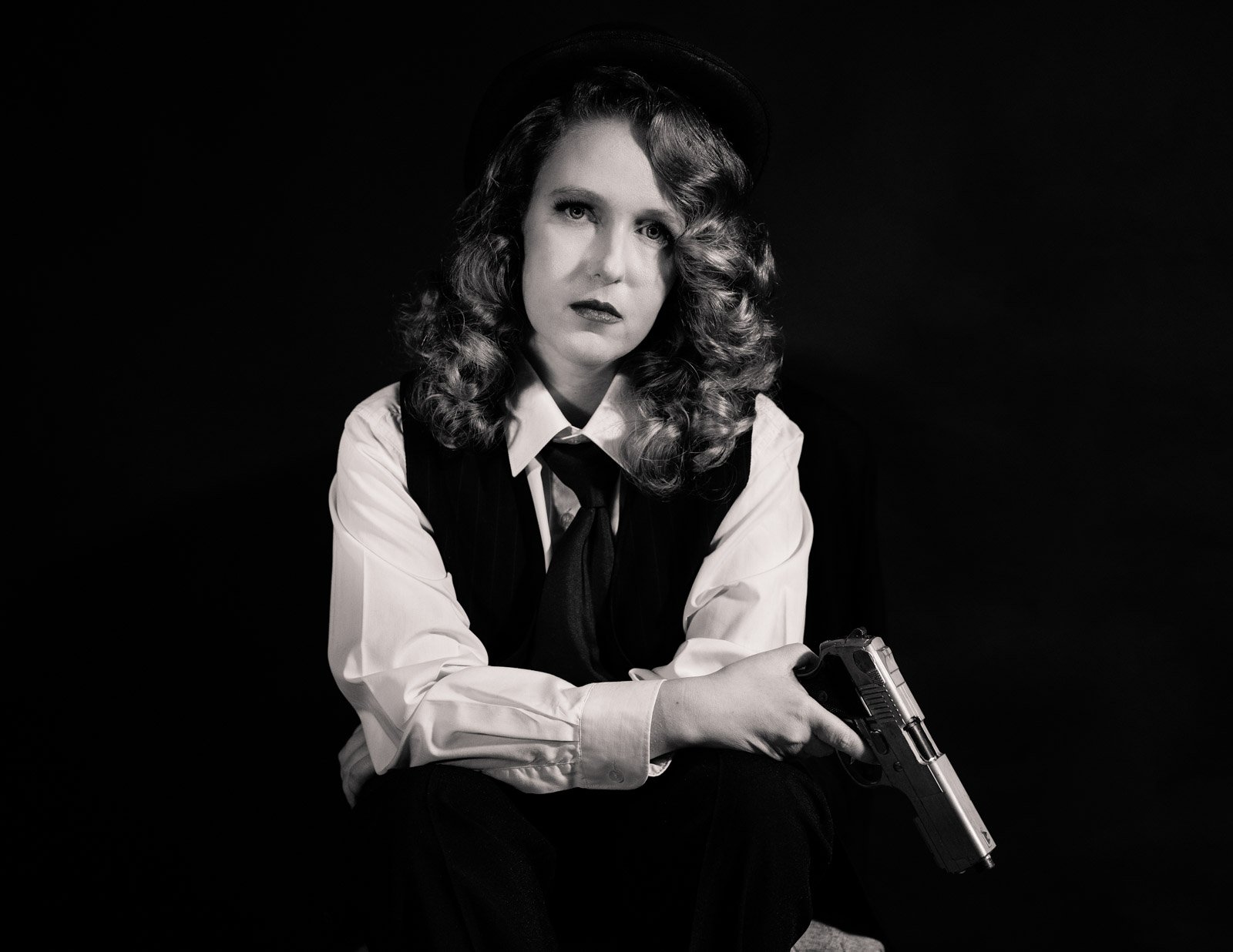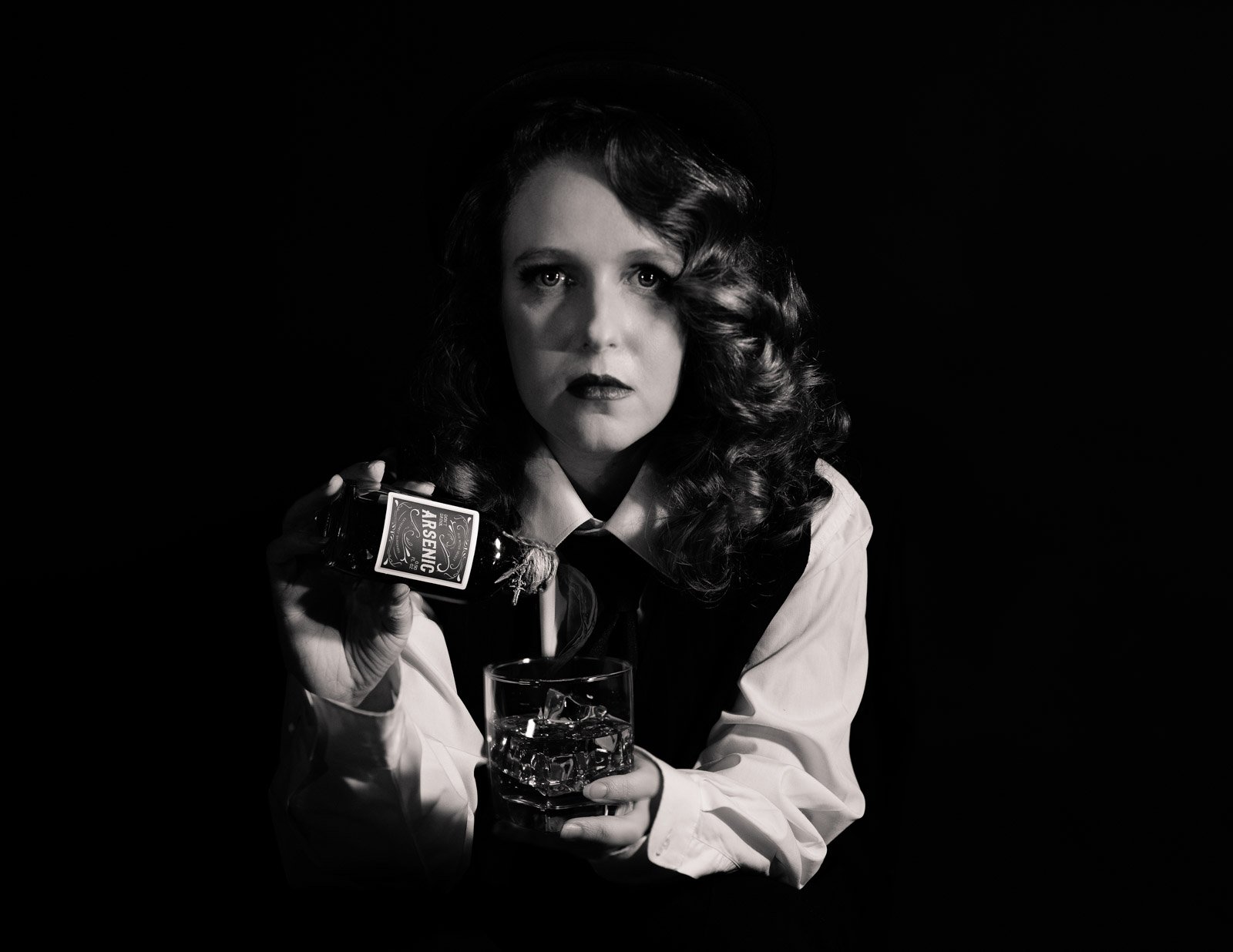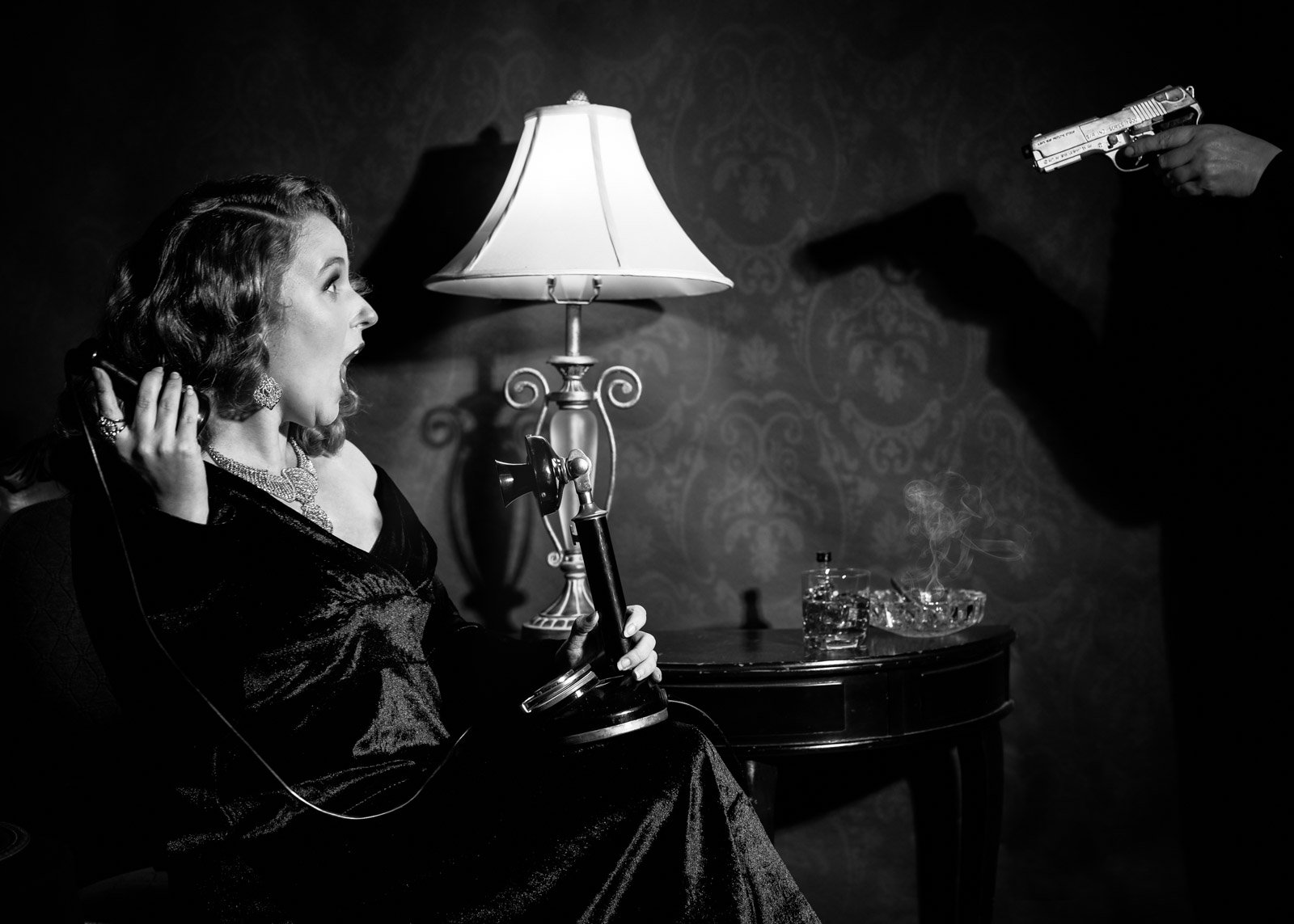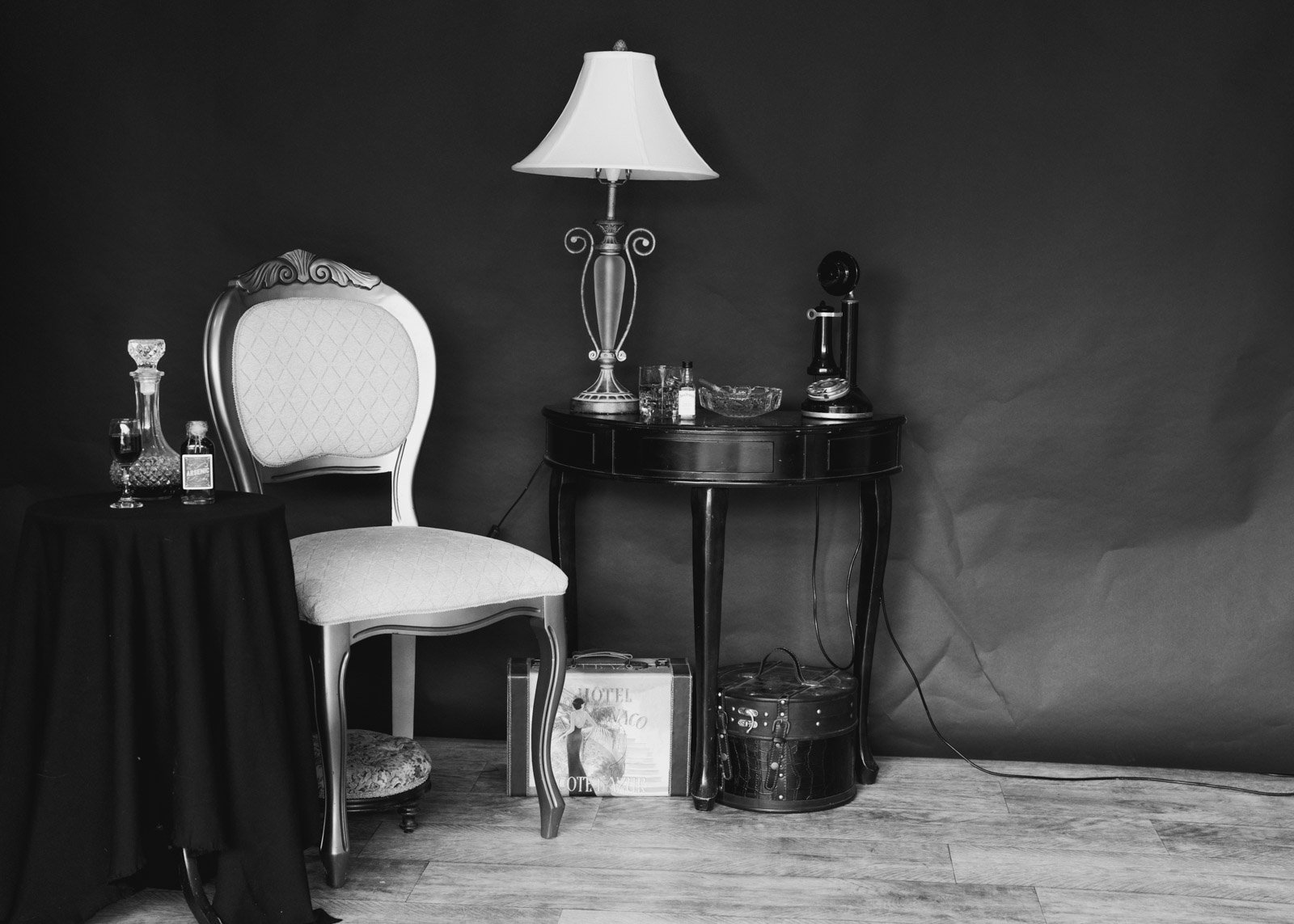Capturing mystery and intrigue: The art of storytelling through Film Noir portraits
Film Noir, a cinematic genre that emerged in the 1930s and 1940s, is known for its distinctive style and thematic elements. It often explores themes of crime, corruption and moral ambiguity, brought to life by shadowy cinematography and enigmatic characters. While Film Noir is primarily a cinematic genre, its influence extends to other forms of art, including the realm of portrait photography. Let’s explore the art of storytelling through portraits, capturing the essence of Film Noir, and how this style has transcended the silver screen to influence contemporary photography.
The elements of Film Noir
Film Noir is characterized by several key elements that make it immediately recognizable. Some of these elements include:
Low-key lighting
Film Noir relies heavily on stark contrasts between light and shadow. This creates a moody and mysterious atmosphere that adds depth to both the characters and the story.
Femme Fatales
These seductive, complex female characters often play a central role in Film Noir narratives. Their enigmatic nature and ulterior motives add a layer of intrigue to the story. Sometimes the damsel in distress, but often the villain. Is she here to help, cause mischief or bring further intrigue?
Antiheroes
The protagonists of Film Noir are typically flawed individuals, often with a morally ambiguous or dark past. This moral complexity adds depth to their characters. They can play a leading role or appear as a shadowy villain.
Urban settings
Film Noir often takes place in gritty, urban environments. The streets and alleyways become part of the storytelling, reflecting the characters’ internal struggles. It could also be in grungy office spaces or luxurious houses with vintage charm or the era.
Elegant dresses, gloves, jewels, faux fur all work well for Film Noir portraits
Translating Film Noir to portraits
Film Noir’s visual and thematic elements can be translated into portrait photography to create compelling and evocative images. Here’s how I set the scene:
Three light setup
Lighting
Low-key lighting is crucial in capturing the mood of Film Noir. Shadows create depth, and careful lighting can emphasize the contours of a subject’s face. The use of spotlights or chiaroscuro lighting techniques can be particularly effective. Personally, I love using constant lighting, as I find it easier to get exactly what I want, where I need it. Often using a three-light setup.
It might surprise you, but among my favorites are the modeling light on my Godox AD400 and the Zhiyun Molus G200. I start with Rembrandt lighting as my main light to make sure there is enough light on my subject. Next, I use one to the side and a little behind for a hair light (or kicker). Then I will use another light, often with a snoot to either make a light source behind my subject or on another element in the scene, pivotal to the story. I rarely use light diffusers as I need the light quite harsh for the contrast effect. A silver reflector dish, barn doors or a snoot is my go-to (or all three).
Character and narrative
Like Film Noir characters, portrait subjects can convey complex emotions and back stories. The art of storytelling in portrait photography can involve encouraging subjects to inhabit a character or persona, using props, costumes, and facial expressions to hint at a narrative.
As I usually photograph women, I have elegant dresses and loads of chunky, oversized costume jewelry on hand. I also have additional items, cigarette cases, fake cigars and cigarettes, and cigarette holders (many of these can be found on Amazon). I have large crystal ashtrays and decanters, I use cold tea instead of scotch. Also, you can make terrific smoke by using incense (smells nicer too). I have a collection of Art Deco-style props, lamps, side tables, chairs etc. Many of these vintage items can be rented too, so check your local area.
Add shadows to heighten your story
Mystery and intrigue:
Creating an air of mystery in your portraits is essential to capturing the Film Noir style. Encourage your subjects to withhold some information, allowing the viewer’s imagination to fill in the gaps. The eyes, often referred to as the “windows to the soul,” are especially effective in conveying mystery and intrigue. Add shadows to your scene with a villain or hero’s shadow by getting another person to stand in front of a light source. This will add some shadow play to your background.
Props can make all the difference
Location and atmosphere:
The choice of location plays a significant role in Film Noir portraits. Urban environments with dramatic architecture, narrow alleys, and dimly lit cafes can set the stage for your portraits. Consider how the setting can become an active part of the narrative. But you can fake it til you make it, as they say. I often shoot in the studio and use a black seamless paper background, adding a chair, a side table, and a few props. Lamps, ashtrays, and more. It can be as simple as a single chair.
Post-processing:
Photo editing can be used to enhance the Film Noir aesthetic, including adjusting contrast, desaturating colors, and adding grain to evoke the cinematic feel of the genre. I love going black and white, but that really is a personal choice.
Emily having hair and make done by Em
Contemporary examples
In the digital age, many photographers are drawing inspiration from Film Noir to create striking portraits that tell compelling stories. Some modern photographers experiment with color, while others stick to the classic black-and-white palette. The result is a contemporary fusion of timeless style and modern storytelling. You can see more of my Film Noir galleries here.
Professional hair and makeup for the correct era, can make all the difference. Clothes and accessories can be sourced from thrift stores and goodwill. It doesn’t necessarily cost a lot to make an impact.
Cold tea, fake cigars, even fake ice can all play a part
Final thoughts
Film Noir has left an indelible mark on storytelling, influencing not only the world of cinema but also photography. The moody atmosphere, complex characters, and shadowy aesthetics can be skillfully translated into portraits, creating images that captivate viewers and leave them wondering about the stories behind the subjects. The art of storytelling through portraits, Film Noir style, allows photographers to harness the power of mystery and intrigue, adding depth and narrative to their visual compositions. Not to mention, it’s also lots of fun.
So, grab your camera, seek out the shadows, and let the tales of enigmatic characters unfold before your lens.
Looking for a little more inspiration? Check out the following articles:
Model — Emily Reinhard, Hair and Makeup by Em Mrietta
